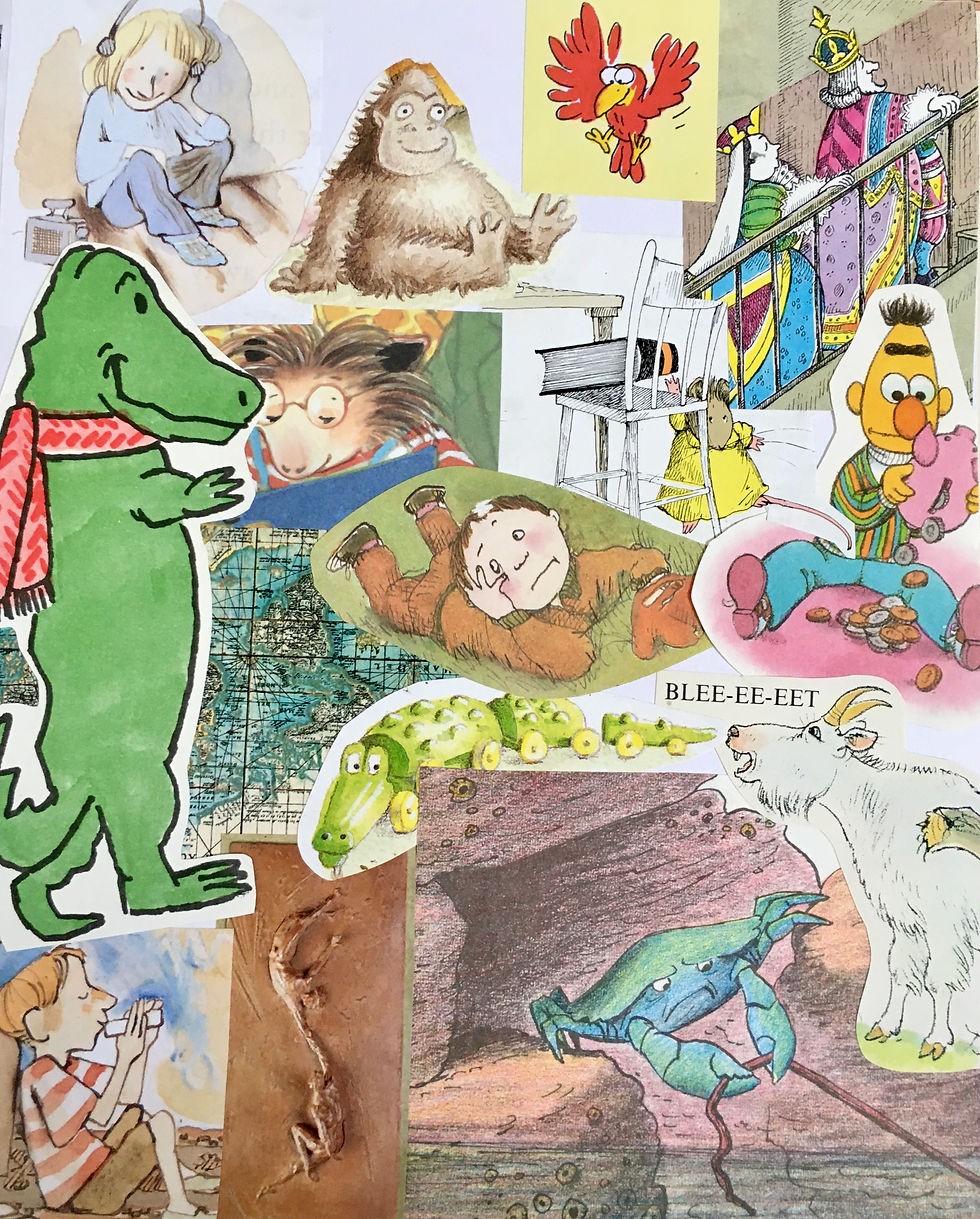4 Reasons Why Autism Symptom Lists are Confusing
- Jackie Schuld

- Aug 12, 2022
- 3 min read
There are many lists of autism symptoms available on the internet. There are even specialized lists - ones devoted to masking, specific genders, “aspies,” and more.
While these lists serve an informative purpose, symptom lists have many limitations for people unfamiliar or new to autism.
First, many autistic characteristics swing from hypo to hyper.
For example, my senses are often hyper sensitive. I can sense subtle things easily. And yet, at other times, such as when I’m overwhelmed, I experience the hypo side. I barely feel anything. My body shuts down.
This is actually very normal for most autistics - to swing from hyper to hypo. It applies across many autistic characteristics. For example, many autistics can hyper focus when they’re doing an activity they love and then experience extreme inertia with tasks they dislike.

Therefor, it can be confusing when an autistic looks at a list of “symptoms” and tries to determine if it applies to them. For most autistic individuals the response is, “Well it depends…” or “Sometimes?”
When someone is new to autism and trying to explore if they might be autistic, they don’t have the background knowledge to understand that it is normal for characteristics to vary depending on the autistic’s internal state and external environment.
Second, many autistic symptoms appear contradictory.
For example, I am frequently hyper sensitive to the noises in an environment. I can hear EXTREMELY well. So the humming of refrigerators or the people talking at the table next to me feels like it's right in my ear. I hear so much that often I cannot hear who is sitting directly in front of me. It also means I miss other random things that people hear.
When I knew very little about autism, I didn’t understand that hearing extremely well in some cases and poorly in others could co-exist. Now I understand that they do and WHY. Many autistic symptoms appear contradictory and confusing to someone who is unfamiliar with autism. Furthermore, an autistic list does not have time for lengthy explanations as to why.
Third, autistic symptoms need context.
An autistic mind has neural pathways that fire more frequently and in conjunction with other pathways. The result is that an autistic person thinks of many things at once and can envision multiple scenarios. Thus, when an autistic person reads a single symptom, their mind envisions multiple things. It can be difficult to know which scenario applies to the autistic symptom. When I’m reviewing autistic symptoms, I frequently think, “Wait, do they mean this or this?” or “Ummm… I’m not sure… I could use some clarity of what they’re talking about.”
In my therapy practice, I work with late-identified autistic adults. One of the first things we do is review autistic characteristics and discuss how they might apply to them. With almost every single characteristic, my clients ask for examples to better understand.
Thus, lists are useful to refer to, but a discussion is needed. A discussion that can provide further explanation, context, or an example.
Fourth, masking and camouflaging can make it difficult to discern if autistic symptoms are present.
Late-identified autistics spent their entire childhoods learning to cope with their unidentified autism. They developed strategies, such as masking and camouflaging, to fit into the world better. They learn to control and suppress their natural inclinations and feelings.
When an individual such as this reviews a list of autistic symptoms, they may find that many of the symptoms do not apply to them. For example, they may make excellent eye contact because their family trained them to do that. They may never “stim” because they stopped that behavior as a child. They may have a strong dislike of certain smells, but they can muscle through.
Many people think that because they can choose to not react (such as with horrible smells), choose not to do something (stim), or perform a behavior on command (eye contact), they must not be autistic. I often have to ask follow-up questions and converse deeply with my clients to help them see that their natural inclination IS their autism.
An unidentified autstic who reads over a list of autistic symptoms on the internet may never come to this understanding. They may read the list and think, “Nope, not me.”
So what can adults do if they’re trying to figure out if they’re autistic?
In the best case scenario, they could review a list of autistic symptoms with a knowledgeable autistic friend so they can converse and seek clarity when needed.
However, most unidentified autistics don’t know other autistics. In this case, I recommend reading people’s lived experiences (there are many great articles on Medium), watching videos made by autistic people (a simple trip to YouTube will yield many results), or meeting with an autistic therapist or coach. Often, people explaining the experience of autism resonates far more deeply than a list.
Thank you for reading. If you would like support as you explore your autistic identity, you can learn more about my services here.




Comments